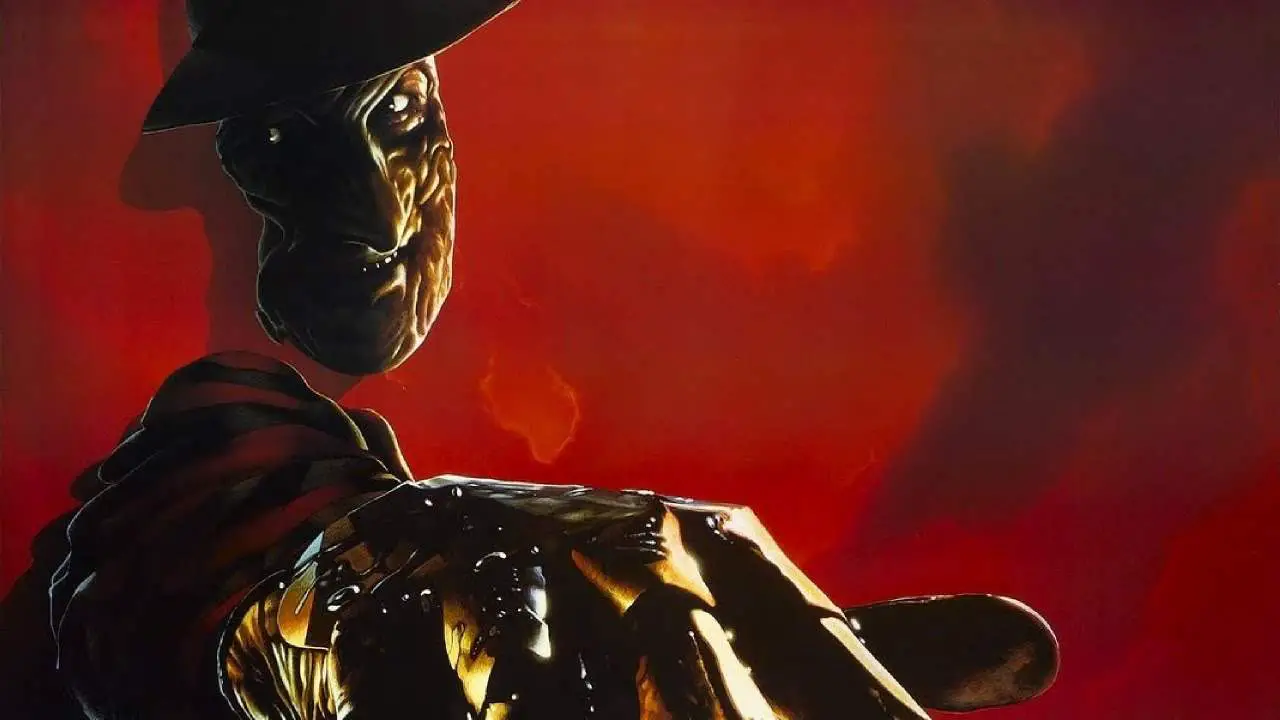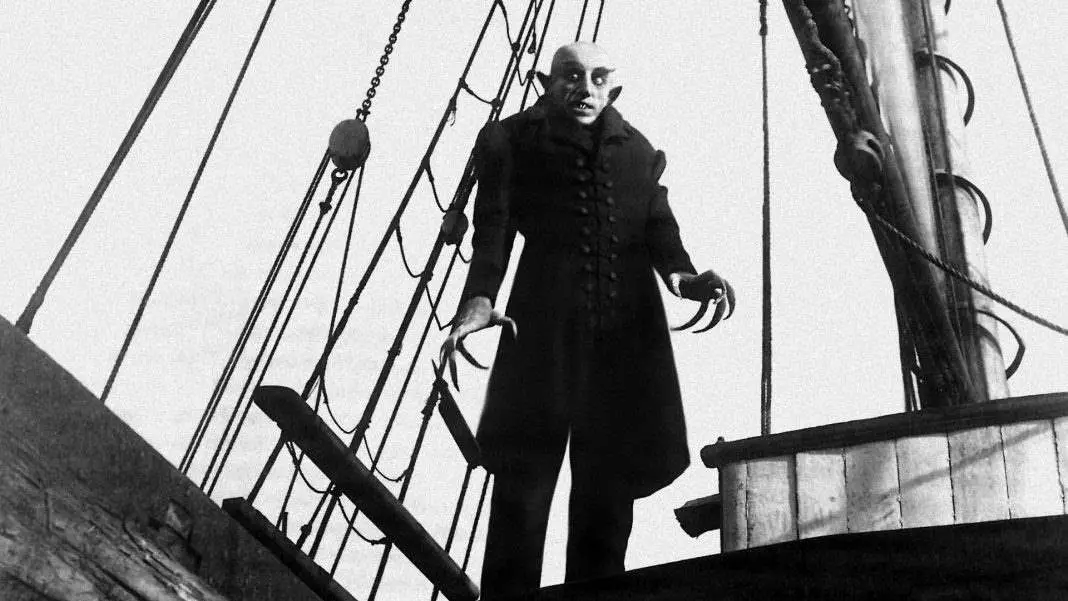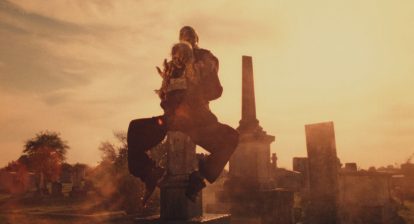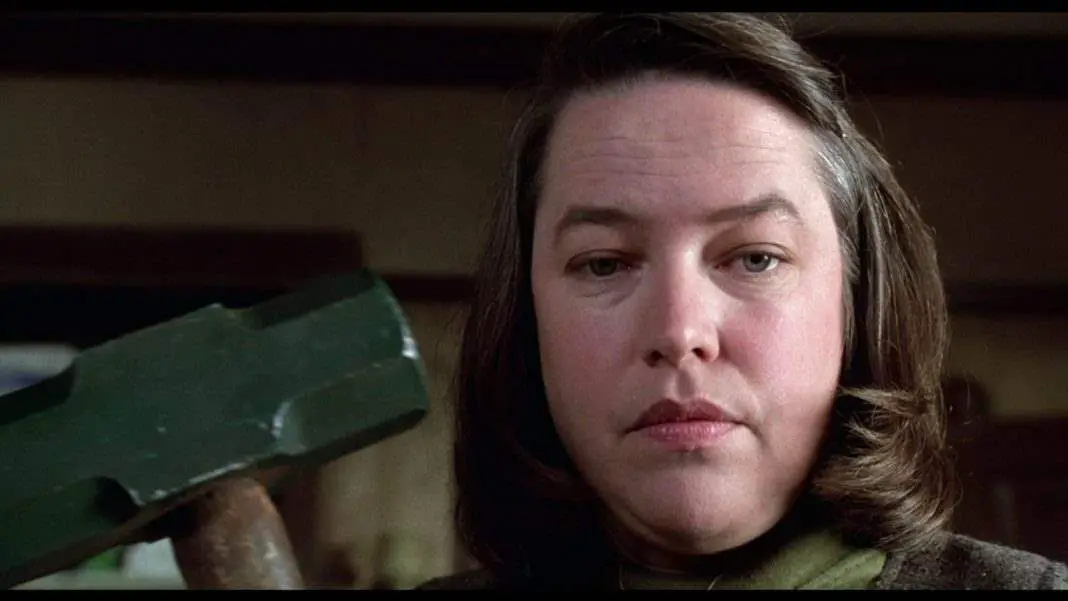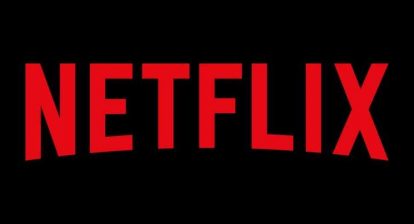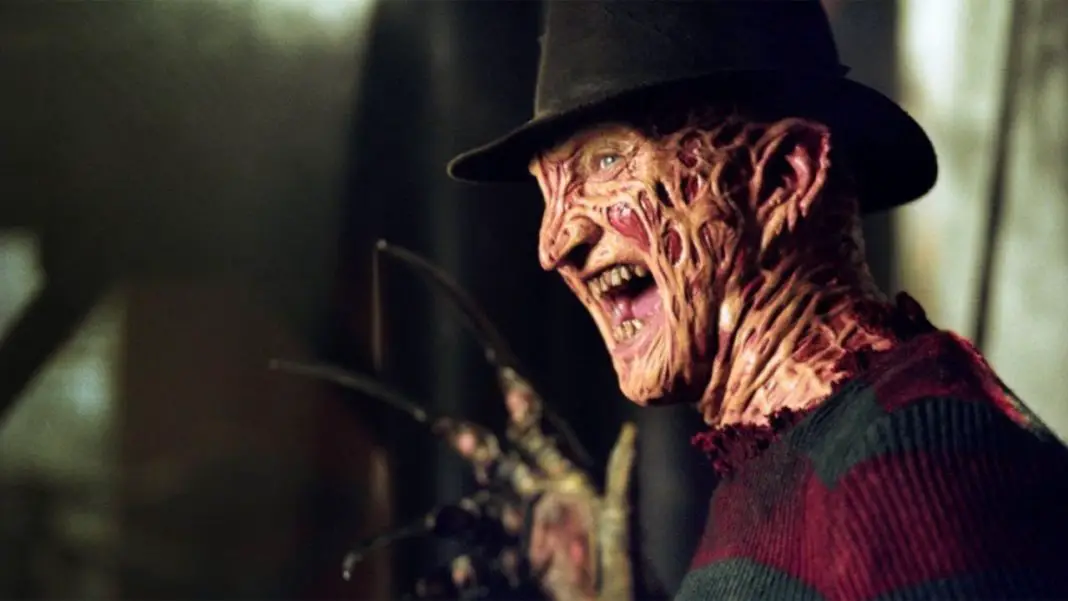In the late 1980’s, the Nightmare on Elm Street franchise was at the top of its game. While the original had to gain success through word of mouth, Freddy’s Revenge was the top grossing horror film of 1985. It was the third installment in the series, Dream Warriors, that really provided the franchise with its first bona fide box office success. This was the movie that cemented Freddy Krueger as an icon and has become a fan favorite in the saga.
The character became so popular at that point that people had begun to see him like James Bond, and the fourth in the series was very much made with that in mind. It turned Freddy into a superstar, it embraced his booming popularity and was the start of Krueger being at the forefront of the series. He was no longer the villain, he was the star. From a box office standpoint, it worked. A Nightmare on Elm Street 4: The Dream Master is still the highest grossing solo Nightmare ever.
The fifth film was not as successful, though. With its weird mixture of tones and the fact that it came out less than a year after the fourth, The Dream Child was the lowest grossing entry at that point. Deciding that they wanted to go out on top, New Line CEO and series producer Bob Shaye decided the sixth entry should be the last in the franchise. Thus, Freddy’s Dead: The Final Nightmare was conceived. Instead of taking the final entry back to its roots, feeling a sense of connection with the humble beginnings the series came from, the filmmakers decided to take it in the most extreme opposite direction.
When longtime producer Rachel Talalay came aboard as director, she wanted this to be a David Lynchian Elm Street that had as much of a Twin Peaks atmosphere as possible—after all, she was working on that series at the time as well. She, Shaye, screenwriter/producer Michael De Luca and just about everyone involved were well aware of how different the series had become, so they decided to embrace it. They wanted Freddy’s Dead to be the most absurd Nightmare on Elm Street imaginable.
And that’s really what it became. Freddy’s Dead is a living cartoon. It’s Loony Tunes brought to life. Freddy’s a source of laughs here, not scares. For a lot of fans, this completely turns them off and they want nothing to do with it. But this is a natural progression from where the series was already headed. There’s a direct line between The Dream Master and Freddy’s Dead. It’s a very clear evolution.
At the very least, Freddy’s Dead embraces itself for what it is. It does not suffer the tonal imbalance of The Dream Child. It’s not a movie where Freddy’s scary, but everything around him is gothic and depressing. Instead, Freddy is outlandish and heightened and so is the entire film. This feature, at the very least, has a full and complex understanding of what it is. And that’s probably the most important thing. However people feel about Freddy’s Dead, it does deserve credit for that.
A monster can only be scary for so long. When Freddy became popular, his face was on everything from chips to children’s pajamas and Yo-Yo’s. It’s hard to be scared of him after that. It’s hard to treat him like an actual, living nightmare when that essence that made him so frightening to begin with has been completely distilled. Freddy was scary in the first and second features without a doubt.
Even though he made puns in Dream Warriors, he wasn’t any less unnerving. But that’s not something that can really be kept up for long. Even the Friday the 13th series began injecting more and more humor as it went along. Chucky eventually met the same fate that Freddy did. When something becomes such a huge part of pop culture, it’s hard to get that magic that went into seeing the character for the first time back.
Krueger wasn’t just a staple of pop culture by the time Freddy’s Dead came out, he was pop culture. This movie is loaded with celebrity cameos from Tom Arnold and Roseanne Barr to Alice Cooper. These were huge names that the original could never have afforded on its million dollar budget. There’s even an infamous scene in this film where Freddy actually kills someone—future Robot Chicken co-creator Breckin Meyer, to be exact—with a Nintendo. That’s an exact representation of what the franchise had become. And there’s a place for it, to be sure.
With Freddy operating on this level, he is eating up these kids’ subconscious. He is taking in the pop culture that teenagers are absolutely immersed in and he is spitting it back out at them in the most grotesque ways. Freddy’s puns can get grating, especially when they’re virtually all he does, but they don’t change the fact that he’s still murdering kids in their sleep. There’s still something unnerving about a monster that takes that much sheer glee in what he’s doing.
Yes, New Nightmare did offer an intellectual and more serious take on Freddy only three years after this movie, but I don’t think that would have worked if this one didn’t exist. On a simple level, to make something scary again means having to go through a time when that thing isn’t scary. On a deeper level, New Nightmare is very much about the huge mainstream success of the franchise and how that fear was sort of lost in translation. It needed something like Freddy’s Dead to precede it. As it stands, Freddy’s Dead may be divisive with fans but is still a success in that it is well aware of exactly what it is and does everything that it set out to do.
